How to Milk a Cow
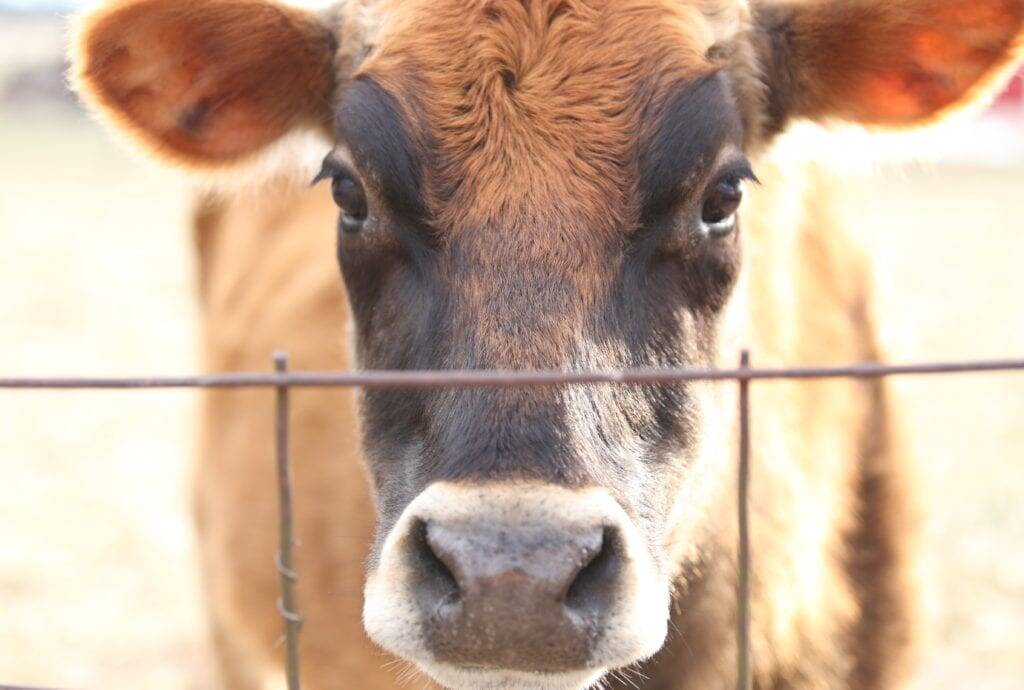
In this post, I show you how we milk our cow. This is not to say that this is the only way to milk a cow! This is simply the way that works for us and for our cow. This post contains affiliate links. This means I may earn a small commission from qualifying purchases at no extra charge to you.
Our Experience Owning a Milk Cow

We have been milking this particular cow, Penelope, for about a year. We bought her and her little calf when the calf was just two weeks old. So, that means that Penelope was “fresh” when we got her. We took a chance on her, honestly because the price was right. What I mean by “took a chance” is that she had never been milked before. She had only nursed calves. The lady we bought her from warned us that she was thin. When we got there to look at her, we saw that she was really kind of pathetic looking.
Wiser farmers probably would have walked away. However, she seemed to have a good temperament and we felt pretty certain that we could improve her health with good grass and some mineral supplement. She was only $700 along with her calf. If you have ever priced cows, you know this is a steal. So, we brought her home. The lady was also selling a young limousin calf. It turns out that he was also nursing on Penelope, which did not help her weight. When we got home, we separated them and gave him a bottle instead.
Do you Need a Stanchion for a Milk Cow?
We did take a gamble, by buying a cow that had not been milked by hand. The first time we went out to handle her, she let us milk her! She liked the grain and mineral supplement so much that she just stood for us, no need for a stanchion or headlock. We were so pleased, especially since we had no experience training a cow! Thankfully, she just had a good attitude.
This is not always the case. Our first cow had to be put in a head lock, and even then, when her feed got low, she would move around. She also wouldn’t come in at all for milking when she was in heat. So, paying attention to the temperament of an animal is very important for success.
Also, things don’t always go well even with a sweet natured animal. Cows are animals, not humans to be reasoned with. When a cow is in heat, she can be a bit contrary. When my son went out to take pictures for this post, Penelope was kind enough to be in a “mood” and ended up kicking over the bucket of milk! This happens…and it is discouraging!

A Cow will Act Differently After Calving
After Penelope had her most recent calf, she was very contrary to being milked. Her udder was so full, and we felt like we needed to help her.
However, she didn’t want help. We believe it is best to let a cow be with her calf for at least two weeks without intervening. She didn’t want us to be around her calf, and she didn’t want to be milked. Forcing the issue just caused stress and problems.
After a few weeks, she was more cooperative, but she did need to be in a head-lock for a few weeks during milking. Eventually she got used to the routine of milking again and used to us being around her calf.
Now, she stands wherever we put the feed bucket and will stand still for us to milk. Everything just takes time after a big change.
What Equipment will you Need to Milk a Cow by Hand?
The first thing you will need is…duh. A cow. So, if you are just starting with a cow or if you think you may want to buy one, read my post here. I talk in more detail about what it’s like to own a cow.
Stainless Bucket
A good bucket is a must. Two buckets are really better. When your cow is fresh, and possibly untrained, you will want to move your nearly full bucket out of the way and put an empty bucket underneath as you finish milking her. That way, you don’t have to worry about your hard work being dumped over. You most likely will not find a seamless bucket at your local feed store. This will be washed over and over again, so a bucket without seams is necessary. Cheaper buckets will rust at the seams.
Rubber Boots
Rubber boots are also necessary in my opinion. I nearly always spray my leg by accident. I would much rather this go on my boots, than on my leg or my pants. Also, it’s nice to have a designated pair of shoes for outside chores, in case you step in mud or poo.
5 gallon buckets
These are just vital to the operation of any type of farm. We use buckets for carrying feed and water. You can carry produce from the garden in them. They are also the perfect height for sitting on to milk a cow!
Fly Spray
This is a must in the Summer. We have flies something terrible at our place. We have used the commercial sprays in the past, and never felt good about it. I will admit they work really well. However, they are not good for you, your cow, or the environment. We make our own. We have tried several different recipes, but they all seem to work for only a period of time. This keeps the flies off while we are milking, but later in the day, she will have flies all over her again.
Our recipe is as follows for a quart
-1 part Apple Cider Vinegar
-1 part Witch Hazel
-1 part Water
-1 Tbs dish soap
-1 Tsp neem oil
A few drops of lemongrass essential oil
Udder Balm
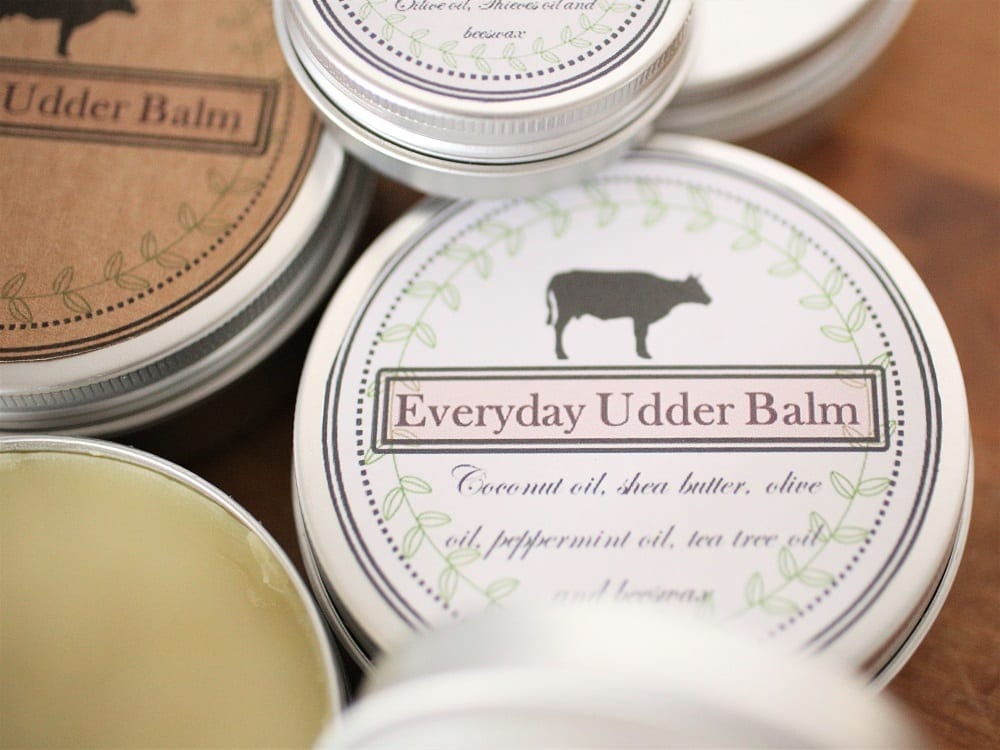
I did a whole post on our recipe for udder balm. We love this for milking. It nourishes the udder, has some antiseptic and disinfecting properties and keeps her teets from getting dried out. It also lubricates while you are milking and makes it much easier. The balm is also good for your lips, hands and feet. We love it! It is super easy to make too!
Diatomaceous Earth
This isn’t a must, but we use it. Penelope lost a lot of her winter coat at one time. This is when a cow sheds her thick winter fur and new, lighter fur grows in. Penelope did not shed her coat gracefully–she lost huge patches of it at a time, and she looked rather sad. This also left her more susceptible to ticks in the Spring.
We just dump a large container of the diatomaceous dust on her and she spreads it around with her tail. We rub it around her ears, and on her neck as well. This really seemed to help keep the ticks down. She still got a few, but not nearly as many as she got without it. I don’t know the science behind it, because I don’t believe it kills ticks. I think it just deterred them from getting on her.
Straining supplies

Straining is simply making sure your milk doesn’t have any stray hairs or debris from the cow. This is not for straining mud or poo out of a bucket of milk that the cow has stepped in! If she steps in the milk, it is a loss, it goes to the cats or chickens. Do not strain it and use it! Her hoof most likely has nasty business in it!
Straining the milk can be done several different ways. They make and sell strainers specifically for the job. We used to buy milk from a family that just strained their milk through a flour sack towel.
I don’t like the idea of a towel soaked in milk laying around my house, and I don’t want to do a load of towels every time we milk. Nothing smells quite as bad as a sour milk towel.
Our method lies somewhere in between. We just use a reusable coffee filter. Sometimes we have found them in the store, but the last one we bought off of Amazon. They wash easily and hold up for a long time. We also use a funnel to get the milk in the jar. If you are using a wide mouth gallon jar, you wont need the funnel.
How to Train Your Cow to Be Milked by Hand
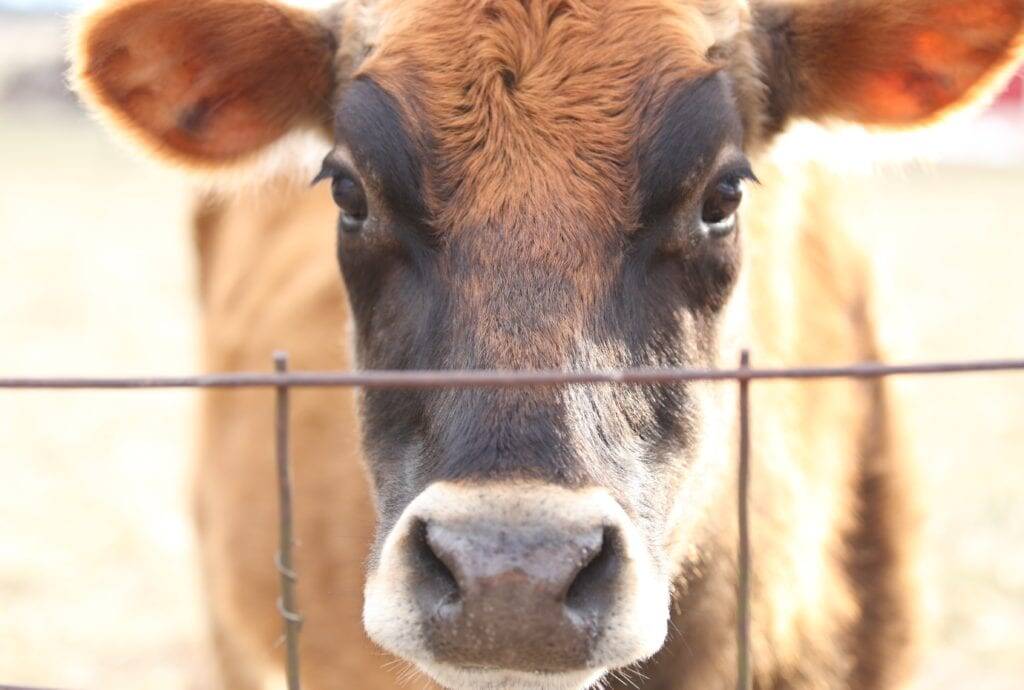
The first step to milking a cow is to train her to come to you. Penelope is nearly always waiting at the gate for us. However, there are times when she is off in the field. We simply call Penny Ho!! She usually comes running.
We have accomplished this by training her to come to a bucket of feed. You train a cow by calling…either her name or whatever you want to say. Every time she comes, you reward her with feed. She will quickly learn that you calling means feed.
If you don’t want to use any grain at all, you could probably train her with alfalfa hay, alfalfa pellets, or whatever you want to use. We don’t have a problem with a little bit of grain once a day for milking. The majority of her diet is grass. When we first got her, she also needed the boost in calories from the grain because she was so thin. In the winter time, we give her mineral cubes. However, she doesn’t need the cubes when the grass is green–she won’t even eat them!
Touch your Cow to Train Her for Milking
If your cow has never been milked, start by just touching her. Give her some feed and run your hands down her neck and side. Talk gently to her, and see if she will let you touch her udder. She may let you, or she may not. Persistence is key. If she will not let you touch her udder at first, keep trying once a day for a few days. Most likely by the end of the week she will be fine with you touching her and handling her.
During this time of training, keep her calf on her during the day. You can try to separate them when you want to practice, but make sure her calf is emptying her of milk. You don’t want her to wind up with Mastitis from not getting emptied.
How Do You Milk Share with the Calf?
We have successfully shared milk with the calf for 8 months. This is so nice when you don’t want to be tied down to milking twice a day, or even every day. This requires some logistical planning and good fencing set up.
Ideally, you should be able to move the cow to an entirely different pen or paddock. The calf will need to be away from her for either most of the day or most of the night. We have done both, depending on what our schedule required. Then you milk the cow and return her to her calf for the other half of the day. This helps also with making sure she doesn’t get an infection. Essentially, the calf is stripping her of any milk that is left in the udder. We would often leave one-quarter full for the calf as well.
After about 8 months, we would separate them completely. By this time, the calf is nearly as big as it’s mother and he is fine on his own. The calf is usually not treating the mother very gently either. Penelope would have bite marks and bleeding teets from her calf. So, even though you may feel like you are doing her a favor, be prepared for her to be unhappy about this decision. Penelope would actually jump the fence to get back to her calf. This didn’t go on for very long and we fixed the situation, by rearranging some fencing. I just can’t stress enough that good fencing is so important to a successful milking experience!
Our Current Milk Sharing Routine
Since writing this post originally, Penelope has had another calf. You can read about that here. We are managing things a little bit differently this time. As with all things, you make changes when you need to.
Our current milk sharing routine looks like this. Around 6:30 in the evening one of our daughters goes out to seperate the Penelope from her calf, Charlotte.
We have a small barn that we have split into two sections. We just used a couple of posts and some cattle panels with a makeshift gate. Charlotte goes in there for the evening and overnight.
In the morning, usually around 9:00 I go out to milk. I milk Penelope in the barn where she can see the calf. When I am done milking, I let Charlotte (the calf) out to be with her mama for the rest of the day.
We have been doing this for about five months. It has worked very well. The key is consistency. The first month or so was a chore to get the calf to come in for the night. She didn’t always want to cooperate.
Now, she is used to the routine and goes right in her pen. Cows love routine and they truly thrive on it!
Do You Have to Milk a Cow in the Early Morning?
NOPE!! You do not have to milk a cow at an ungodly hour. The key with a cow is consistency. As I said above we milk her at 9:00 in the morning. If we were milking twice a day, we would milk again at 9:00 at night.
She is always standing at the barn or the gate waiting for us at 9:00…if we are late, she is tapping her hoof in impatience:)
Choose a time that works for you and your life. If you have to leave the house for work, then of course you will have to milk earlier.
For me, 9:00 allows me to get myself ready for the day, get the baby settled, and get breakfast for my other little ones. A relaxed routine like this makes milking a do-able chore.
How Long Does it Take to Milk a Cow by Hand?

The method you use for milking will need to be decided by you. Each cow’s udder is different, and each person’s hands are different as well. Our cow is a Jersey, and so was our last. They just don’t have huge teets (I feel like I am typing something inappropriate!). A Holstein cow does have large ones. Your entire hand can easily fit around the teet of a Holstein. For a jersey, it may only take two or three fingers to get the job done.
Be prepared for tired, aching hands. At first your hands will burn, and feel like they are going to fall off. However, it will get better every day and eventually you will have giant monster muscle hands that everyone will admire! Just kidding, your hands won’t look different, but they will get stronger and milking will no longer hurt! Remember, it is a squeezing and pulling down movement. I liken it to sliding the milk down the udder into the pail.
You will also get remarkably fast at the process. We always milk in pairs because it’s more fun that way, and it just goes so quickly! It usually takes about 8-10 minutes for the actual milking part, if we milk in a pair. If I milk by myself it takes about 12 minutes. Add in collecting the feed, spraying her down, and returning her to the pasture, and it is still only about a 20-30 minute process. Really not too bad at all!
Here is a video of us milking our cow–
Please note the video was filmed and edited by my 16 year-old son! All humor and hilarious sound effects are his work 🙂
Sterilize
Don’t forget to keep your equipment clean. Always wash your milk pail right away before the milk dries on it. Use very hot water to rinse it, or run it through the dishwasher. The same goes for your strainer and jars. Milk lasts longer in sterilized jars. We always run them through the dishwasher just to make sure they get sterilized.
Can You Drink Milk Straight From the Cow?
We don’t pasturize our milk. This could be a whole other discussion. Believe it or not, it is an incredibly divisive topic! For this time I will just say that we believe that raw milk is not only safe, but very beneficial to a person’s health. We have been drinking raw milk for at least 15 years. We have never had a bad experience with it.
With good sterilized jars, raw milk will last in a cold fridge for at least a week. If it is in the back, or in a super cold fridge, it will last 10 days.
Thank you for stopping by the farmhouse!
I hope this post was helpful if you are thinking about getting a milk cow. It truly is an enjoyable chore. Of course, a sweet cow is a wonderful addition to a homestead, but it does come with a lot of responsibility. If you have any questions about how to milk a cow, feel free to ask in the comments!
Pin for Later!

Helpful Supplies








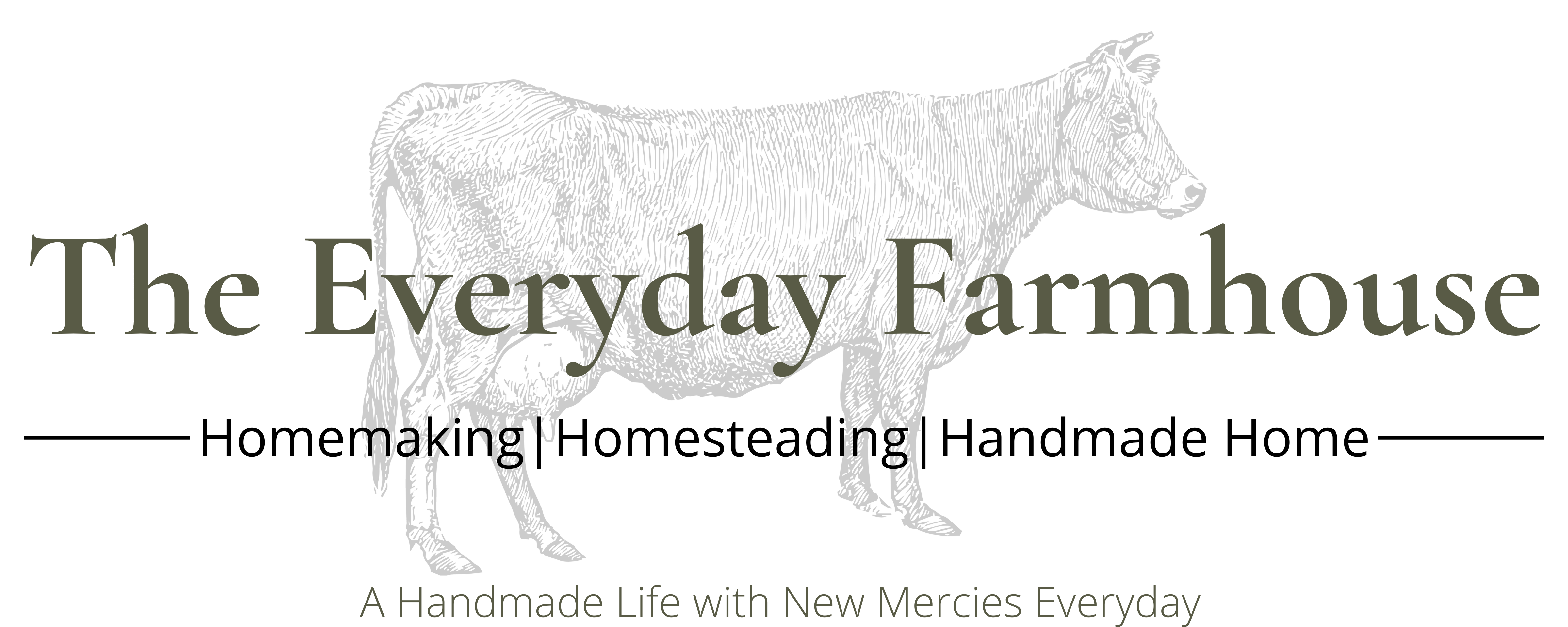
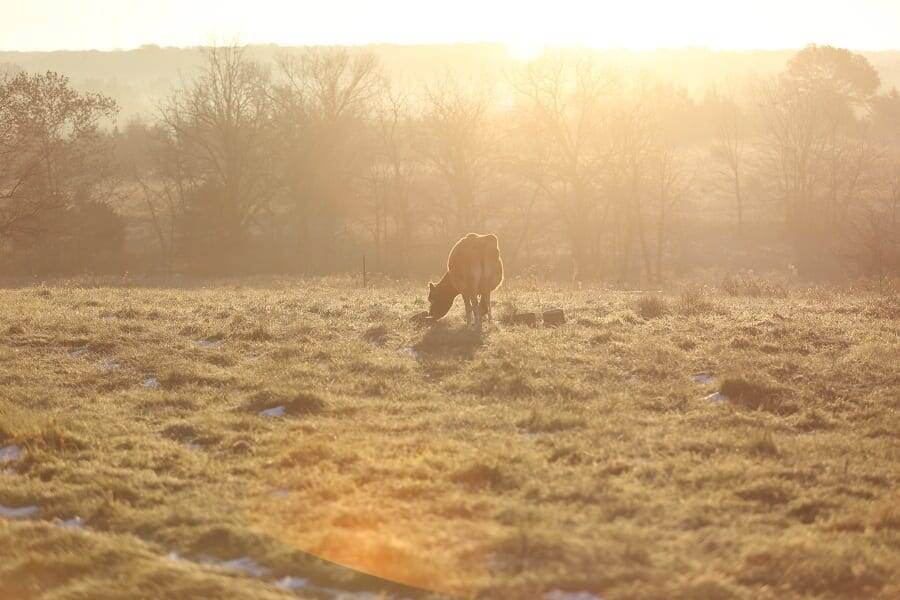
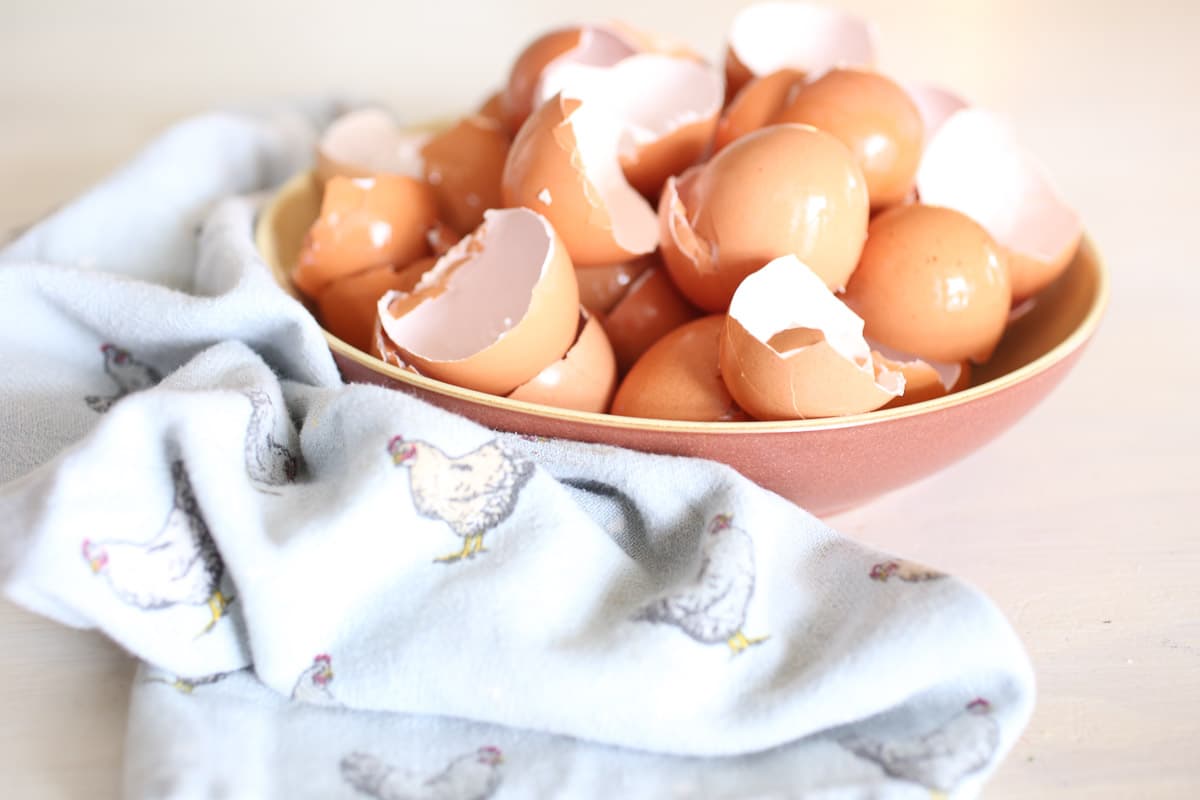
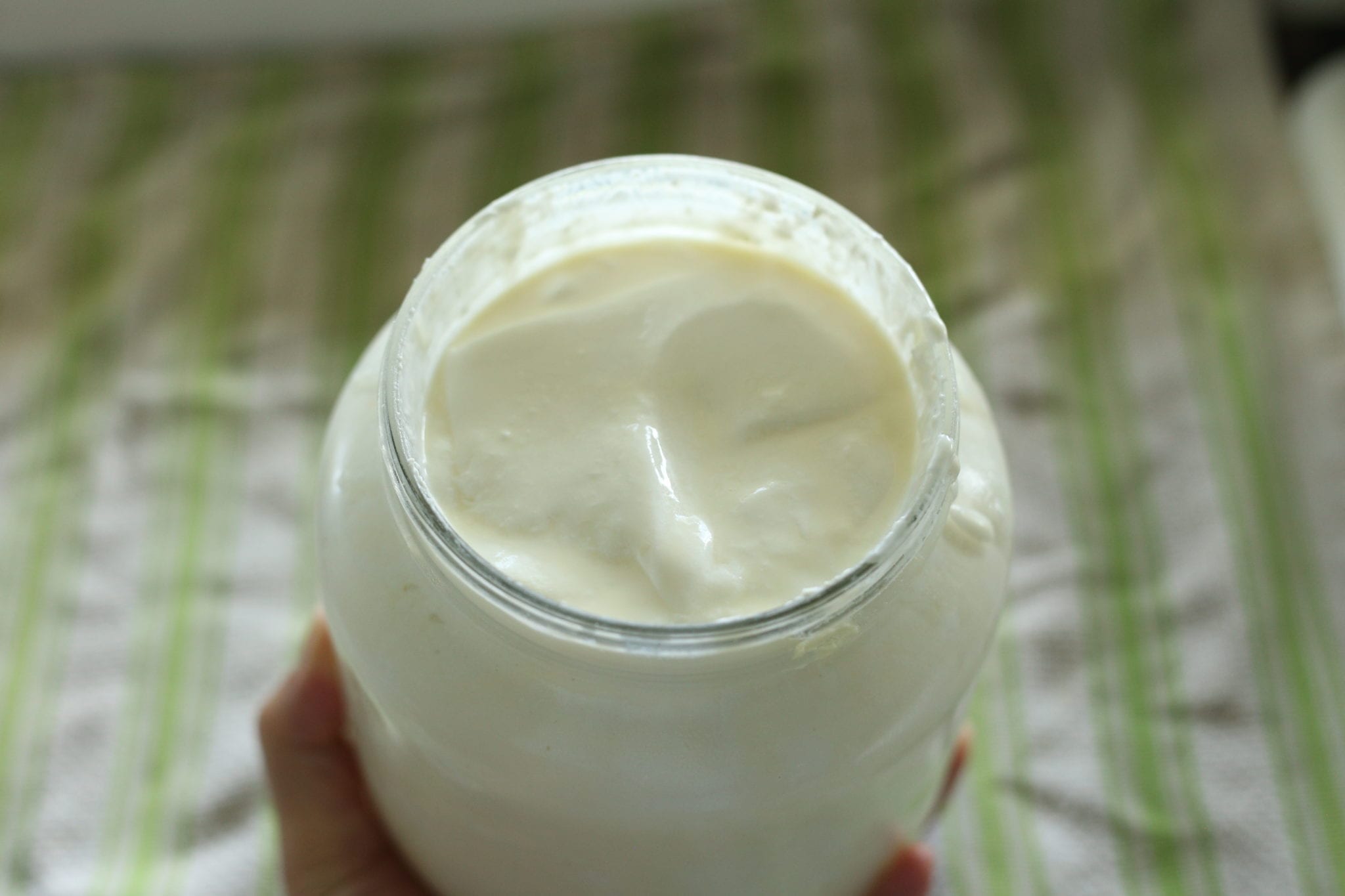
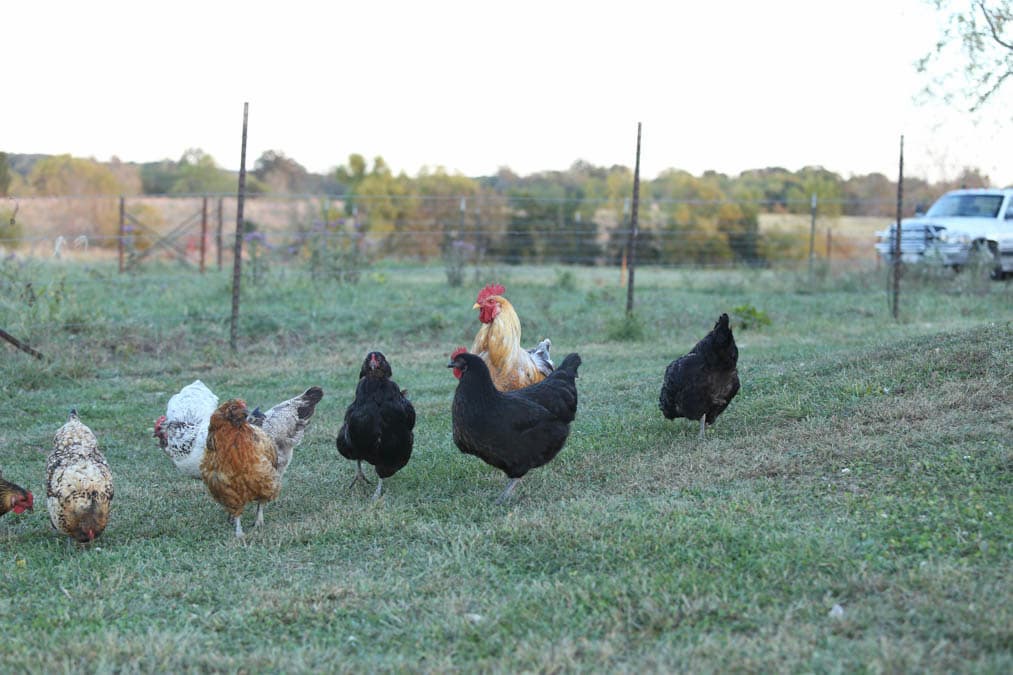
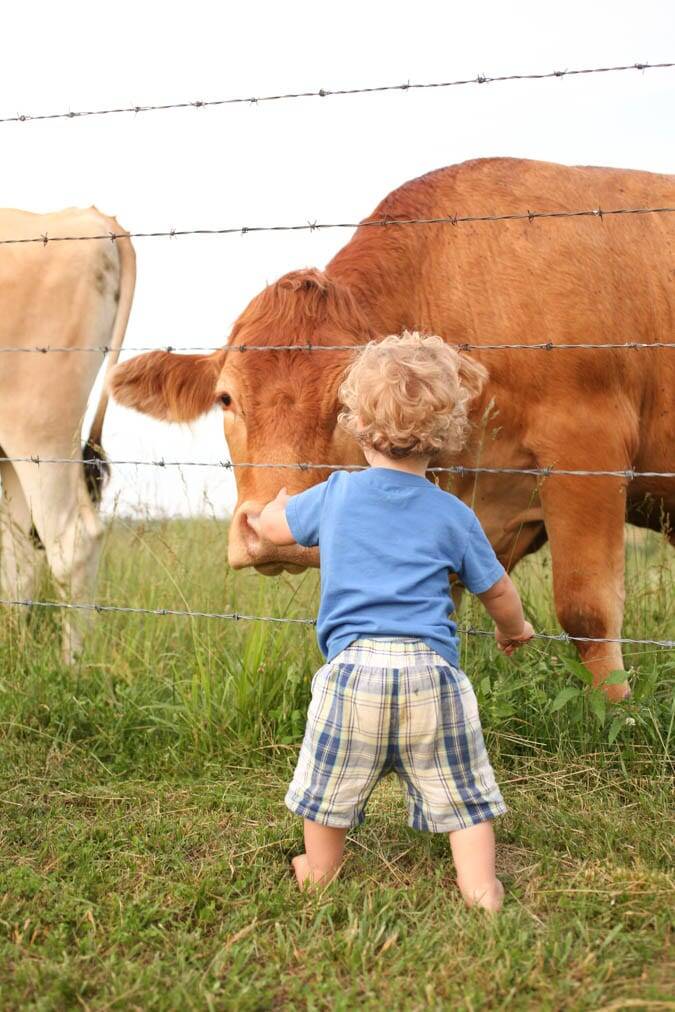
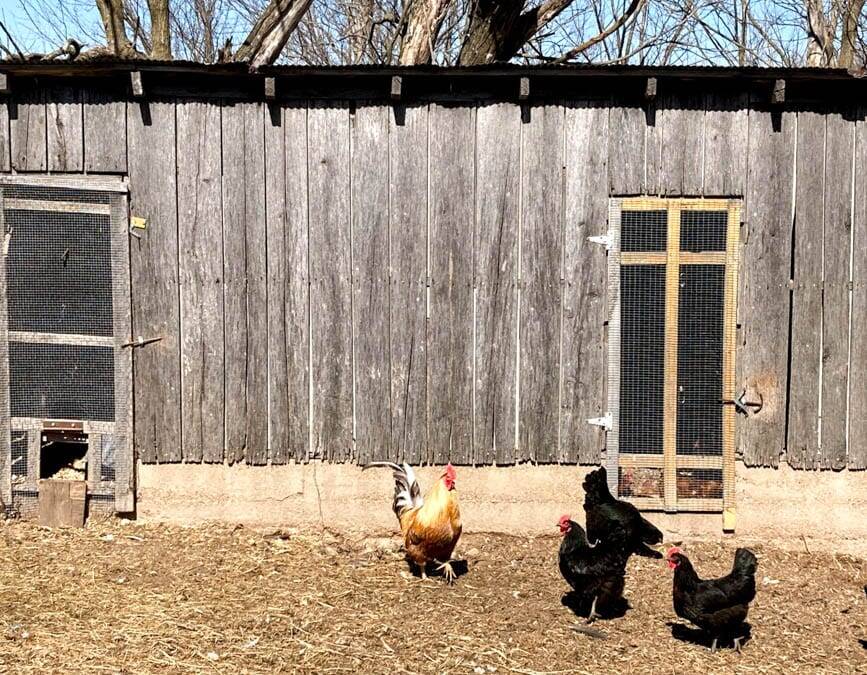
I am not going to lie. This looks like so much fun! I have always loved cows and Penelope looks so sweet!! Thanks for all the tips for this city slicker, well technically a suburban slicker!!
Omg, such a cute post. Especially love the Jersey! Lol. I still have my stainless steel, no seam bucket I used for milking goats. We also did the mesh strainer! Great video too! Thank you for sharing!
Thank you Jersey! Those buckets are great for compost too!
Very nice post Jenn, you and the girls make it look so easy. Love Isaac’s video and sound effects. So funny and creative.😀
Thank you so much!
Thank you for sharing this. I so want to have a milk cow. Just haven’t jumped in because we are already so busy with the farm. You make it look so easy! Where do you milk when it is freezing outside? Would it be a requirement to have a barn? Also, is there anything special I need to know before buying a cow/calf? Testing for disease or other things that would cause milk to be bad?
Hey Julie! Great questions! It is easy, once your cow is trained! I wouldn’t recommend it to a young mom with no older children to help. Having extra hands to milk on different days, and to give each other a break is so helpful. When it is just one primary milker…like it used to me with me, it can become a tiresome chore! A barn is so helpful when it is freezing or raining. It does not have to be elaborate though. We have two buildings that can be used. One is a falling down metal shed, but it does the job of keeping the wind and rain off. One is a very old wooden barn, it is cozier and in a different pasture, so we have shelter wherever she is. Neither are super tight, but just getting out of the wind makes a huge difference. We have never tested for disease prior, but we aren’t always the wisest with that. I would look for an organic dairy in your area and see about buying from them. I recently spoke to an organic dairy in our area when we were looking for a bull. I would have loved to buy a cow from him, because he clearly loved his animals and treated them and the land with the utmost respect. If you are an A2 person, you can test the cow for that type of milk by sending off a strand of her hair from her tail I believe. Hope that helps!
I love this!
My grandsons would absolutely love giving the cow milking a try! Great to have a glimpse into farm life with a milk cow!
Yes, they would, cows are such friendly gentle creatures!
Wow, I didn’t realize so much goes into milking a cow!
Just like anything, it looks like a lot all listed out, it’s really pretty simple!
What a fun and interesting post! I’ve milked a cow once in my life (kind of) on a school field trip in Elementary school. Definitely not the full deal. 😂
That counts! Thanks for stopping by!
Wow, that is a lot of work for every day. I loved the little glimpse into life with a dairy cow! I think it’s as close as I’m ever going to get!
I understand! I’d be lying if I said we love it everyday! Just this morning, my 11 year old suggested selling the cow on our way out to milk! It’s called a chore for a reason!
Great video, looking forward to learning how to Milk Penelope.
Hi Jennifer!
This was so very helpful! I want a jersey cow so bad, so we can have our own fresh raw milk, but sometimes I feel rather intimidated by the idea. However, you made it look so easy, and only about 5 minutes of milking?! That’s awesome; I think I can do that!!
So how long have you been milking her since she calved, and when do you think you’ll have to breed her again to keep her milk supply up?
Also, does the pulling and tugging on the teats and udders hurt them at all? I was watching it going, “ouch ouch, ouch”, and had flashbacks of nursing, haha. We have goats and with goats, you don’t really tug and pull, but more so squeeze, so milking a cow seems pretty different.
This was so helpful once again, thanks for sharing with us on the Homestead Blog Hop!!
-Cherelle